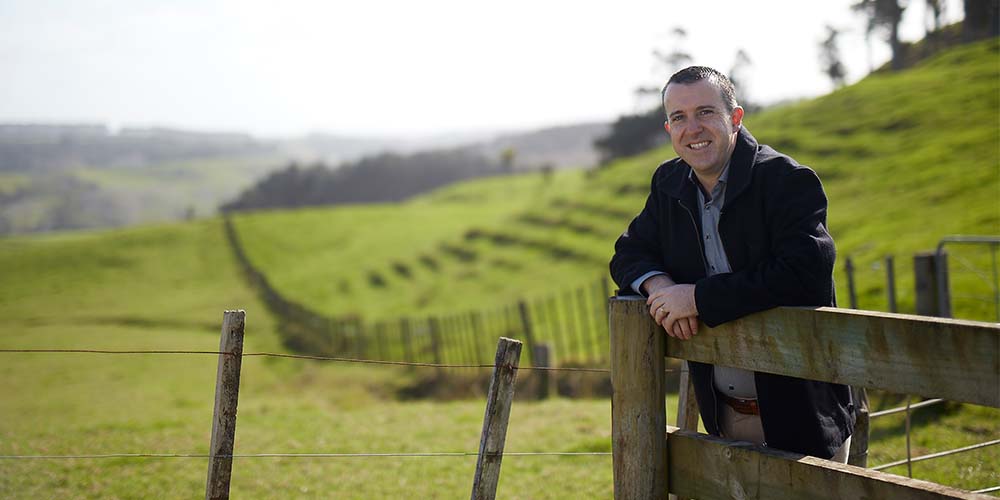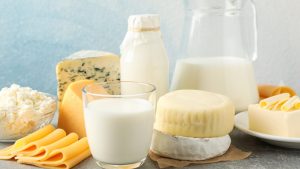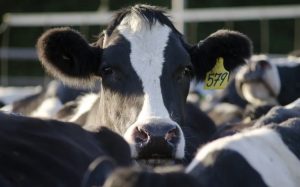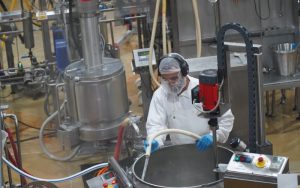
The January 7 event delivered a 2.8% rise in the GDT price index, following the shock 5.1% fall on December 17 and a 0.5% fall on December 3.
Dairy farmers spent Christmas worrying the market weakness in auction prices in December was a signal of trouble for the farmgate milk price.
But analysts now believe the December falls were against the steady rising trend, mainly because Fonterra increased the volumes of products on offer.
“We had put the previous price weakness down to a surprise lift in planned auction volumes by Fonterra,” ASB senior rural economist Nathan Penny said.
“The price rise at this auction confirms that a knee-jerk reaction to the volume announcement was the driver of the recent price fall rather than any fundamental change in global dairy market dynamics.”
Penny therefore left his $7.50/kg milk price forecast unchanged, with a positive outlook.
Rabobank dairy analyst Emma Higgins had also increased her forecast from $7.15 to $7.60 before the unexpected December GDT result.
That was in response to Fonterra’s early December updating of the seasonal forecast range, now $7 to $7.60, and Rabobank’s own assessment of a steady supply-demand picture around the world.
Higgins put emphasis on strong demand out of China and relatively constrained supply responses from dairy industries in the big seven producing countries because of environmental and weather reasons.
She highlighted the unremarkable milk collection figures in the New Zealand season so far.
“NZ’s dairy industry is now in a new milk production era where incremental growth each season will be the norm as opposed to the large gains we’ve seen in previous seasons.
“With dairy conversions no longer featuring across the country and future challenges to existing stock numbers via environmental legislation, the weather will play an even more important role in determining the degree of production needle movement.”
Skim milk powder is in the spotlight, taking over from butter, she said.
“Now that European Union intervention stocks are a thing of the past we have seen SMP prices shoot upwards.”
Penny observed the 5.4% rise in SMP in the January 7 GDT almost recovered the 6.5% fall in December and prices paid for contracts with longer delivery periods equalled those of whole milk powder, around US$3200/tonne.
The Oceania average SMP price (NZ and Australian Fonterra products) was US$200 or 6-7% higher than paid for United States products.
“SMP was the best-performing product over 2019, surging around 40% over the year.”
For the other major dairy commodities, butter prices rose 3.7% in the January 7 GDT, anhydrous milk fat 2.3%, WMP 1.7% and casein 8.6%.
Casein prices are US$8973 on average, with some contracts topping $9000, and are the highest they have been since 2015.
























